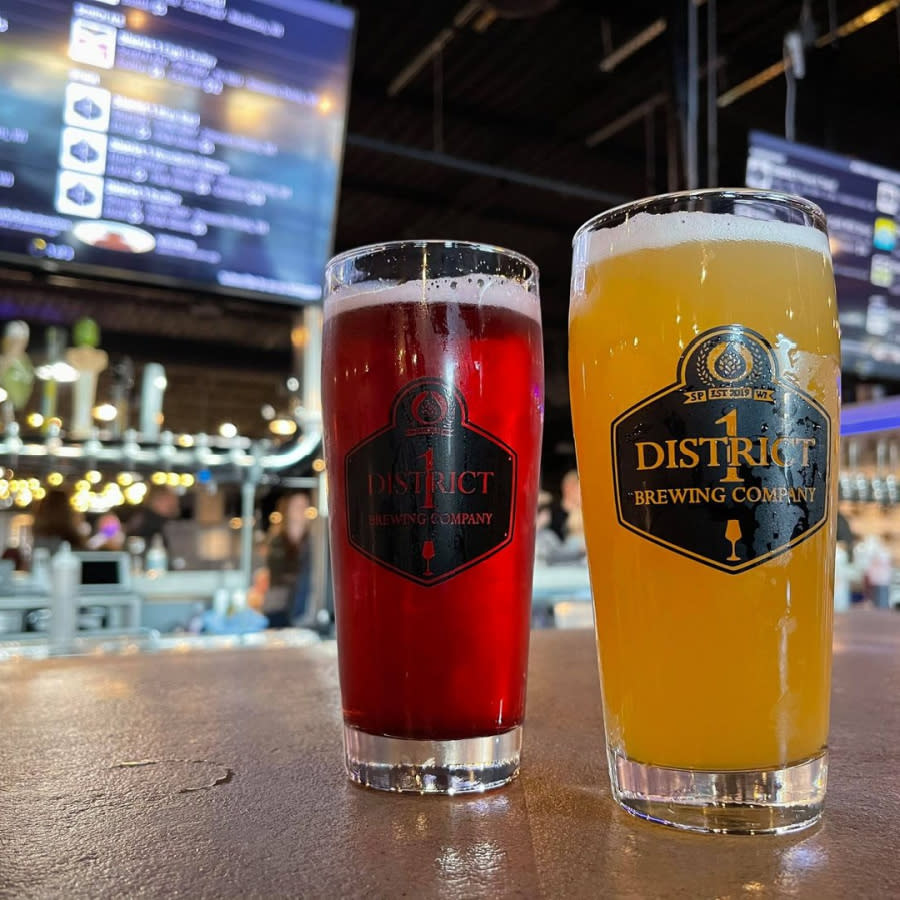See a Distillery in Galveston: Behind-the-Scenes Tours and Tastings
See a Distillery in Galveston: Behind-the-Scenes Tours and Tastings
Blog Article
The Ultimate Distillery Experience: From Grain to Glass, Whatever You Required to Know
Beginning on a trip through the complexities of the distillery procedure unveils a world where scientific research satisfies virtuosity in the creation of spirits. From the cautious option of grains to the thorough crafting of each bottle, every action in the production line plays a vital function in forming the final product that enhances our glasses.
The Art of Grain Option
Selecting the ideal grains is a critical step in the purification procedure, determining the flavor account and quality of the final product. The sort of grain chosen dramatically affects the character of the spirit being created - Breweries in Galveston Texas. Common grains utilized in purification consist of barley, corn, wheat, and rye, each imparting unique flavors and features to the end product

Beyond taste considerations, the high quality and pureness of the grains are extremely important. Distillers meticulously source grains to ensure they are complimentary from impurities and have the necessary starch material for fermentation. By grasping the art of grain option, distillers lay the structure for developing remarkable spirits that mesmerize the taste buds.
Purification Refine Demystified
Having established the foundation with precise grain choice, the purification procedure arises as the transformative stage where the essence of the chosen grains is unlocked and refined into a spirited form. Distillation is a methodical procedure that depends on the concept of separating alcohol from a blend based on differences in boiling points. Once the fermented mash is warmed in the still, the alcohol vaporizes at a reduced temperature level than water and various other substances, permitting for its removal. As the alcohol vapors pass and increase with the still, they condense back into liquid kind, causing a greater proof extract. This distillate, also referred to as the 'heart cut,' is the purest and most desirable section of the purification run. The procedure doesn't finish there; several purification runs or extra steps such as maturing in barrels may even more improve the spirit, improving its personality, intricacy, and taste. Comprehending the complexities of the purification process is essential for generating premium spirits that captivate fanatics and connoisseurs alike.
Barrel Aging and Taste Growth
Throughout the barrel aging procedure, spirits undergo a transformative journey as they connect with the timber, taking in nuanced tastes and establishing a rich intricacy. The kind of wood made use of, normally oak, significantly influences the last preference of the spirit. Oak barrels are favored for their unique homes that improve the flavor account. As spirits age in the barrels, they draw out substances such as vanillin, lignin, and tannins from the wood, adding to the growth of scents like vanilla, caramel, seasoning, and even click this link tips of toasted oak.
The porous nature of wood also makes it possible for the spirit to breathe, helping with the combination of flavors over time. Depending on the duration of aging and environmental problems like temperature level and humidity, spirits can obtain different characteristics, from subtle wood notes to deep, complicated flavors that make each batch distinct.
Craftsmanship in Bottling and Labeling
As spirits reach their optimum taste accounts via barrel aging, the meticulous workmanship in identifying and bottling comes why not try these out to be the following critical action in offering a costs item to consumers. The process of bottling and classifying is a vital element of the general distillery experience, as it is the final touchpoint prior to the item reaches the hands of consumers (Seawall Bar). Craftsmanship in bottling involves making certain that each container is filled specifically with the spirit, thinking about aspects such as consistency in fill degrees and the prevention of any type of impurities getting in the container

Sampling and Appreciating Fine Spirits
To completely value great spirits, one have to involve all the detects in a conscious and deliberate tasting experience. When tasting fine spirits, it is necessary to start by observing the spirit's appearance. Note the color, clarity, and viscosity of the liquid in the glass. Swirl the spirit gently to launch its scent. The nose is an essential sense in tasting spirits; take a moment Homepage to breathe in the facility aromas deeply. Next off, take a tiny sip and allow it remain on your taste buds. Take notice of the different tastes that unfold - from fruity and wonderful notes to spicy or smoky undertones. Consider the mouthfeel, keeping in mind if the spirit is smooth, creamy, or fiery. Swish the spirit in your mouth to completely experience its structure and taste. Ingest gradually and appreciate the lingering coating. Great spirits commonly leave a positive aftertaste that can reveal even extra concerning the craftsmanship and quality of the beverage. By involving all your senses in this fashion, you can genuinely appreciate and appreciate the complexities of fine spirits.
Verdict
To conclude, the distillery experience incorporates the complex art of grain selection, the exact distillation procedure, the transformative barrel aging, the careful craftsmanship in identifying and bottling, and the innovative method of sampling and appreciating great spirits. Each action in the production procedure plays an important role in producing top notch spirits that captivate the detects and delight lovers worldwide.
The kind of grain chosen substantially affects the character of the spirit being created. By mastering the art of grain choice, distillers lay the structure for creating exceptional spirits that mesmerize the taste.

Report this page